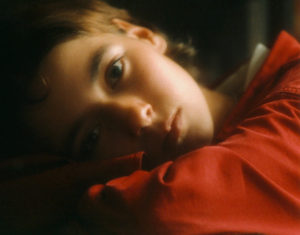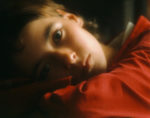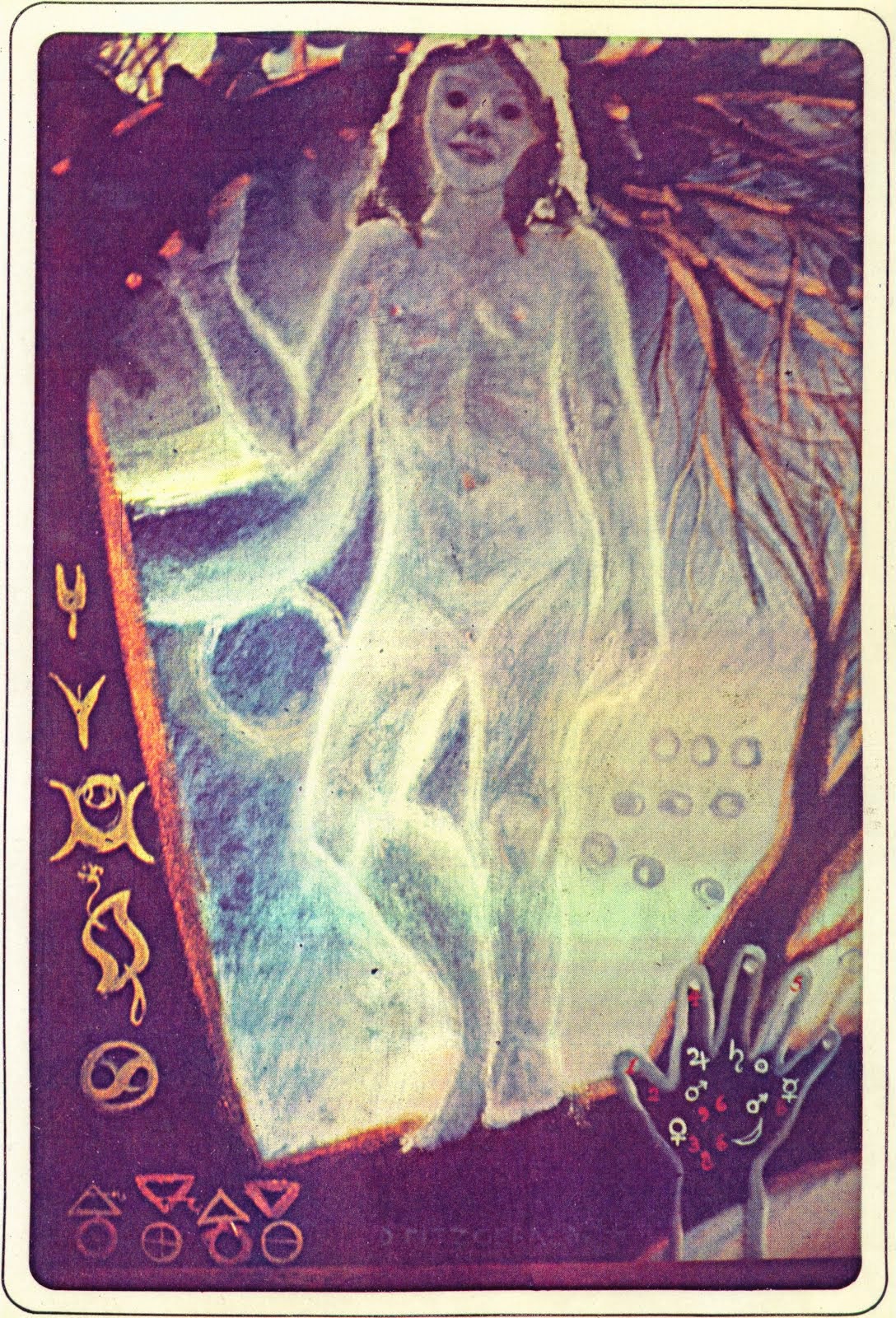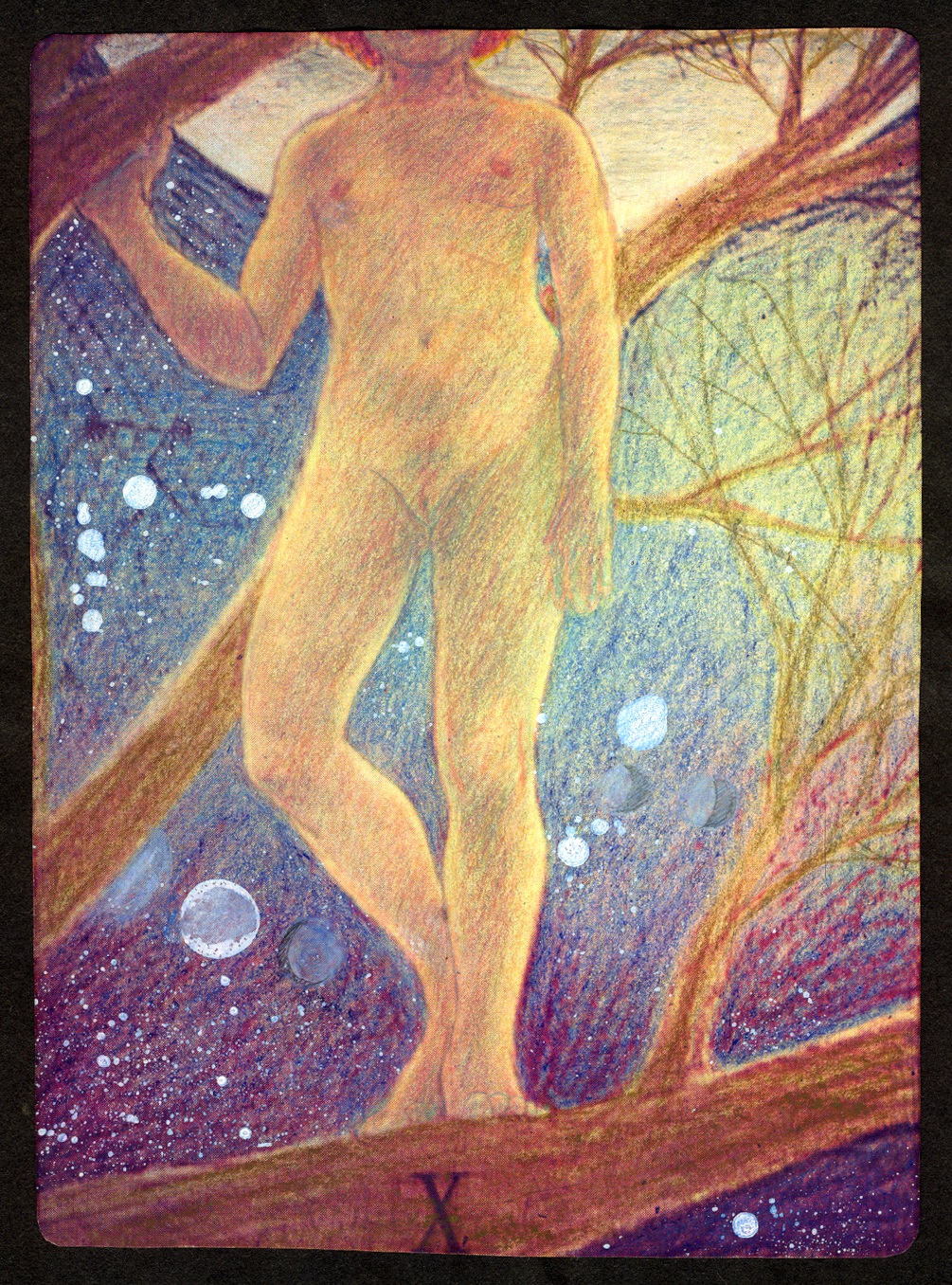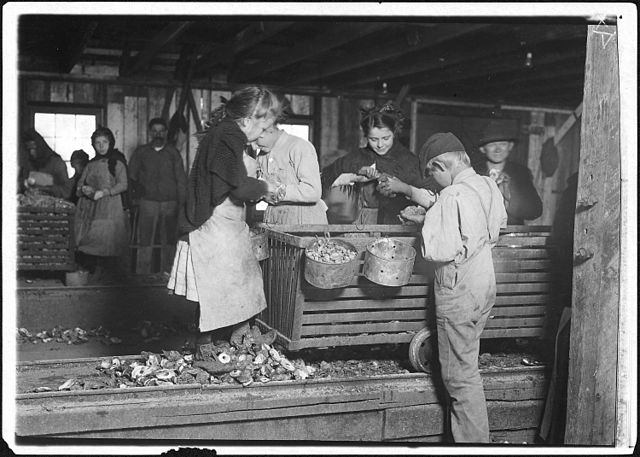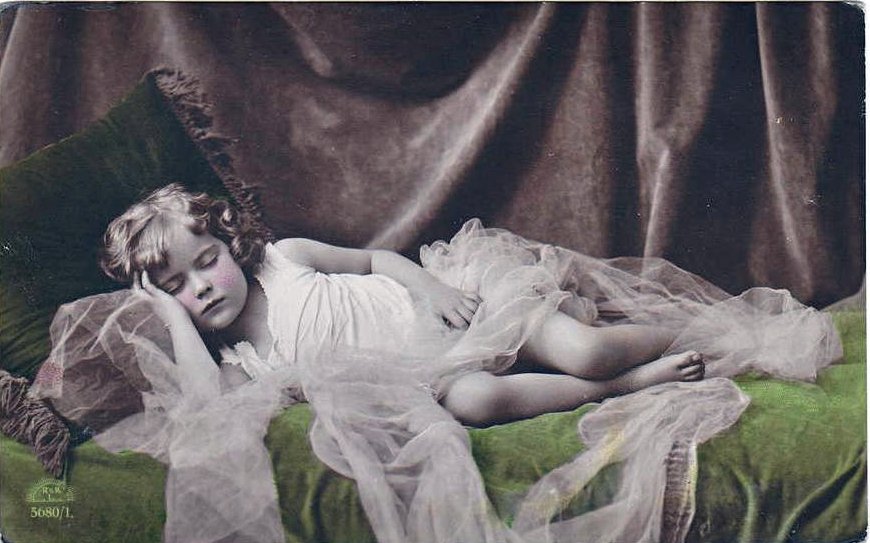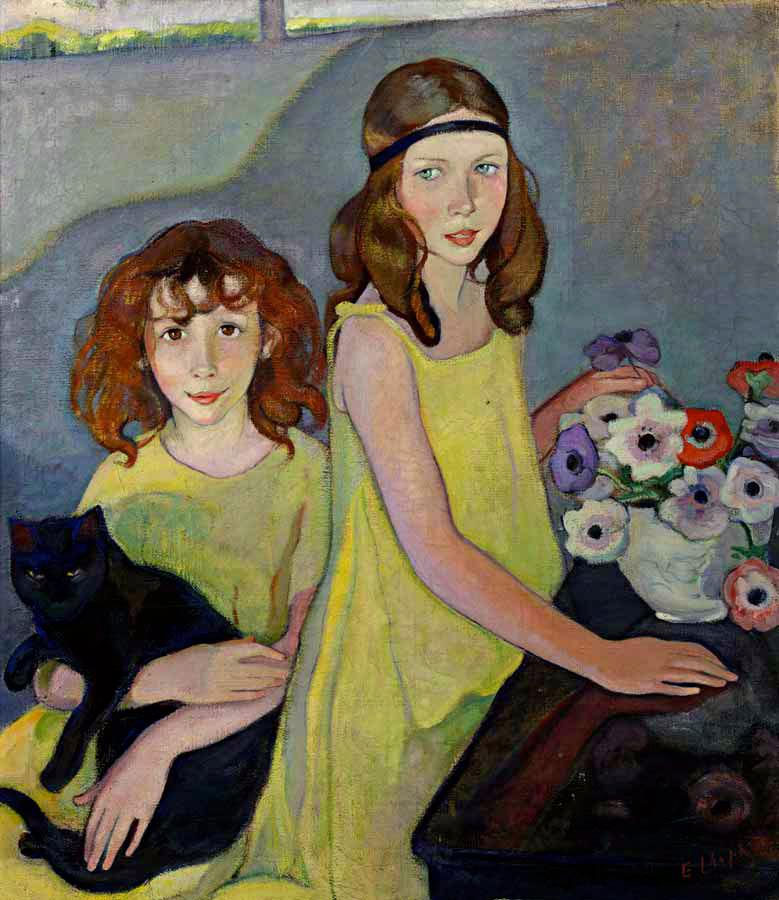
In a post presenting the poem Ad Domnulam Suam by Ernest Dowson, I said that Dowson wrote it in October 1890, and that it was probably inspired by his beloved Adelaide Foltinowicz, then aged twelve years and a half. In it, he expressed his love for a young girl, and at the same time a desire to stop before this love could grow too strong; he also said that the girl would soon grow out of childhood, and this could spell the end of that love. He seemed to be afraid that his love for Adelaide would finally end as she grew into adulthood. CONTINUE READING / CONTINUER LA LECTURE…
